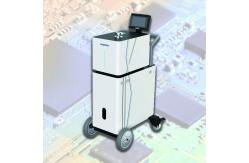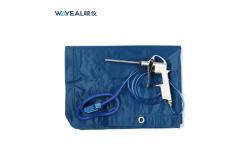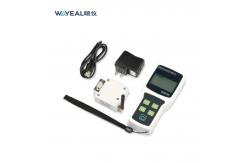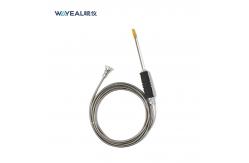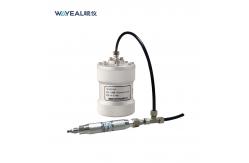Precise He Leak Tester Vaccum Helium Leak Detector 220V 50Hz
|
|
Introduction of Helium Leak Detector
Helium leak detection technology provides detection of the smallest leaks and is good for outside/in and inside/out leak detection. In outside/in helium leak detection, vacuum is pulled on the container to be leak checked or vacuum is pulled through the part. Helium is sprayed in very small amounts on the suspected leak areas of the part and the vacuum pulls it through if there is a leak. The helium leak detector can then detect and quantify the helium coming through and provide the signal and display the leak rate.
Overall, the Helium Leak Detector represents a significant advancement in the field of leak detection technology. It combines high sensitivity, broad gas detection capabilities, and advanced data display and communication features. This tool is indispensable for professionals who demand the highest level of accuracy and reliability in their vacuum leak detection devices. With its robust construction and user-friendly interface, the Helium Leak Detector is set to become the go-to choice for industries looking to safeguard their operations against the detrimental effects of gas leaks. Technical Parameters of Helium Leak Detector:
Applications of Helium Leak Detector:
Methods of Helium Leak Detection (Helium Leak Detector)
Helium Vacuum Method Helium Hood Method
Negative Pressure Method
Vacuum Chamber Helium Leak Detection and Recovery System (external filling)
Sniffer Method
A helium detector is a type of leak detector that is specifically designed to detect helium gas. There are several types of helium leak detectors, including mass spectrometer leak detectors, ionization leak detectors, and sniffer leak detectors. Mass spectrometer leak detectors are the most sensitive and precise, and are commonly used in research and high-performance applications.
Technical Parameters of Helium Leak Detector:
Applications of Helium Leak Detector: Helium leak detectors are widely used in various industries, including aerospace, automotive, and semiconductor manufacturing. They are essential tools for ensuring the safety and reliability of various systems, and they can help prevent costly downtime and repairs. The most common applications of helium leak detectors include: Vacuum systems, Power generation industry, Medical industry, Refrigeration and air conditioning systems and etc.
Methods of Helium Leak Detection (Helium Leak Detector)
Helium Vacuum Method Sniffer Method Helium Hood Method
|
||||||||||||||||||||||||||||||||||||||||||||||||||||||||||||||||||||||||||||
| Product Tags: 220V 50Hz Helium Leak Detector Vaccum He Leak Tester Precise Helium Leak Detector | ||||||||||||||||||||||||||||||||||||||||||||||||||||||||||||||||||||||||||||
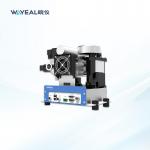
|
5*10-13 Pa.m3/s Mini Leak Detection Rate Helium Leak Detector For Detecting He3 In Chinese/English Language |
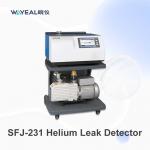
|
High Sensitivity Helium Leak Testing Equipment Vacuum Helium Leak Detector SFJ-231 |
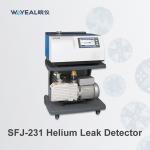
|
7inch Color Touch Screen Helium Leak Detector With Leak Detection Rate 5*10-13 Pa·m3/s |
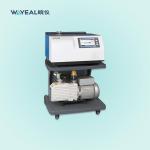
|
DN25KF Helium Mass Spectrometer Leak Detector With 1s Response Time |
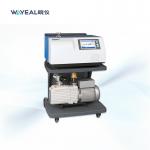
|
Advanced Helium Leak Detector With Mass Spectrometer Detection Method |
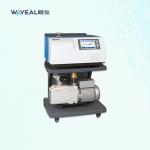
|
Vacuum Helium Leak Detector With 8 I/O Interface Response Time <1s |

